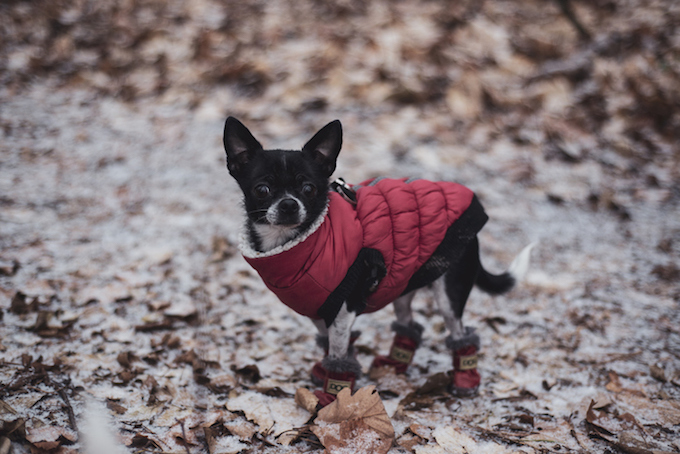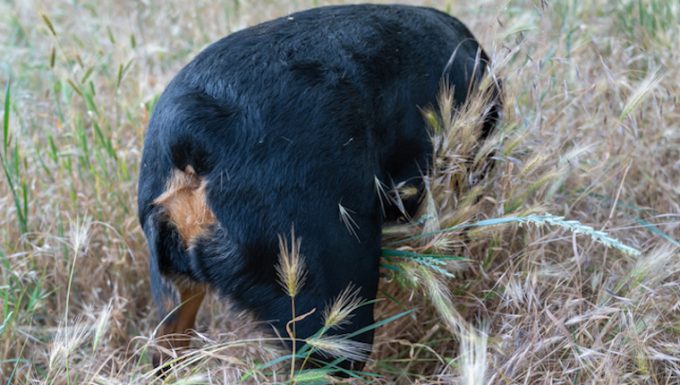You probably spend a lot more time outdoors with your dog during the summer and fall months. But did you know to look out for foxtails?
Sometimes, people refer to them as mean seeds. You can often identify them by their fuzzy seed heads.
In short, foxtails are a type of plant. Unfortunately, they have barbed seed heads — which can burrow into your dog’s skin. Additionally, inhaling foxtails can result in pneumonia.
However, while foxtails can harm your dog, you can also take steps to keep them safe.
Here is what you need to know about foxtails and your pups.
Why Are Foxtails Bad For Dogs?
Foxtails are harmful for dogs. This is because they feature a barbed section. Unfortunately, these barbed parts can burrow into a dog.
For instance, a dog might pick up dangerous parts of the foxtail plant via their paws, ears, mouth or nose. In fact, if a dog inhales certain parts of the foxtail plant, it can bring on a case of pneumonia.
Once a foxtail has attached to a dog, its shape means it can burrow deeper through the body. Some foxtails can even make their way to a dog’s brain or lungs.
Additionally, foxtails can spread bacteria.
Generally, some of the common symptoms that foxtails might produce include:
- Scratching more than usual
- Sneezing a lot
- Swollen toes
- Discharge from the nose
Tips To Keep Your Dog Safe From Foxtails

Foxtails can be bad news for dogs. Thankfully, there are a number of simple steps you can take to keep your canine safe.
Some of the best ways to avoid foxtails include:
- Cutting down any foxtails in your garden.
- Staying alert for foxtails during May to December.
- Keeping your dog’s hair trimmed shorter during summer.
- Avoiding overgrown hiking trails that might have foxtails.
- Using dog booties if you’re around an area that might contain the plants.
- Running a comb through your dog’s fur to check for foxtails.
Finally, if you notice a foxtail embedded in your dog, go straight to your vet. A telltale sign is a red swollen area of the skin around a seed head.
Have you come across any foxtails recently? How do you keep your dog safe? Let us know in the comments below!




